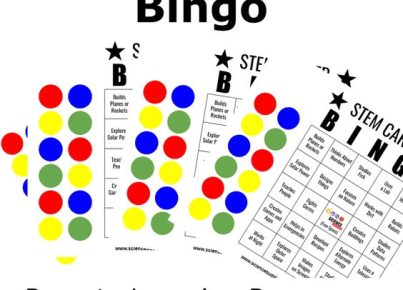Introduction
The workforce is constantly evolving, making it essential for both the educational system and industries to adapt in order to adequately prepare students for their future careers. By working together, these sectors can equip students with the necessary skills and knowledge to excel in a competitive job market. The following are some strategies on how industry and education can collaborate to better prepare students for the workforce:
1. Building partnerships between educational institutions and industries
One effective approach is creating strong partnerships between schools, colleges, universities, and businesses. These relationships can result in various forms of collaboration, such as curriculum development, internships, mentorship programs, guest lectures from industry professionals, and in-kind donations of equipment or software.
2. Encouraging work-based learning opportunities
Promoting work-based learning programs is another crucial element in preparing students for the workforce. These opportunities include internships, apprenticeships, co-op placements, job shadowing experiences, and other hands-on learning experiences that allow students to gain practical knowledge in their chosen fields.
3. Integrating soft skills training into the curriculum
In addition to technical knowledge and job-specific competencies, it is critical for students to develop soft skills such as problem-solving, creativity, adaptability, communication, teamwork and project management. Educators can integrate these skills into their current curriculum by incorporating group projects, real-world problem-solving exercises, case studies and other interactive learning methods.
4. Promoting STEM education
Science, Technology, Engineering and Mathematics (STEM) careers are currently in high demand worldwide. By encouraging interest in these subjects at a young age through STEM-focused activities such as coding clubs or robotics competitions, educators can help cultivate a passion for these fields amongst students.
5. Developing digital literacy
Given the increasing reliance on technology across all industries, developing digital literacy skills is crucial now more than ever. Schools can prepare students for this by incorporating coding courses, exposure to various software tools, and experiences that involve computational thinking within their curricula.
6. Incorporating lifelong learning and professional development opportunities
The concept of lifelong learning is becoming increasingly relevant as the job market evolves. Therefore, schools should not only promote it amongst students but also support its integration into the professional lives of graduates. By offering online courses, certifications, and workshops on emerging industry trends, institutions can enable students to remain current in their chosen fields.
7. Providing career guidance and support
Helping students navigate their career path is vital for their eventual success in the labor market. Schools can provide one-on-one counseling sessions with trained career advisors, access to resources such as job boards and resume workshops, and alumni mentor programs to help students make informed decisions about their futures.
Conclusion
By implementing these strategies, both industry and education can work together to ensure that students are well-equipped with the necessary skills to succeed in today’s modern workforce. Through collaboration and continuous adaptation, we can foster a generation of learners poised to excel in a rapidly changing employment landscape.




